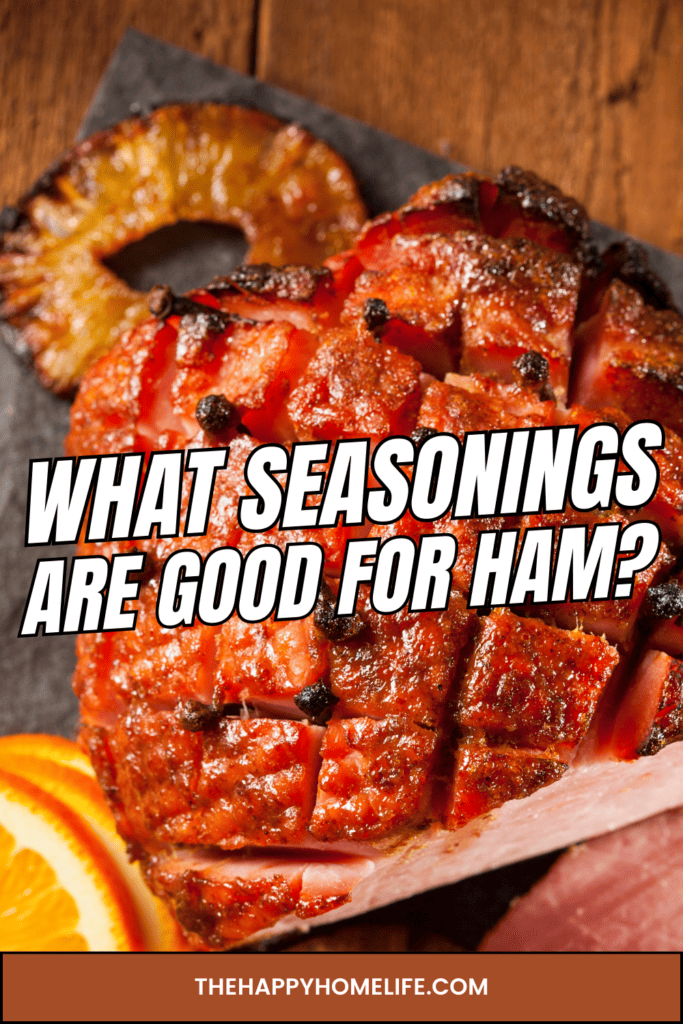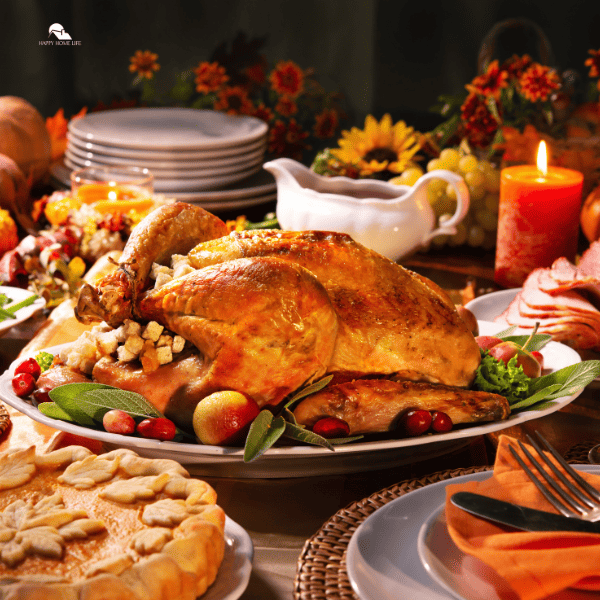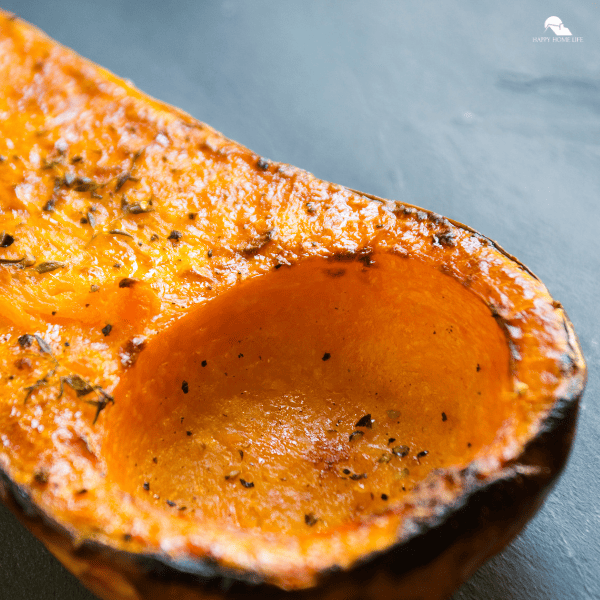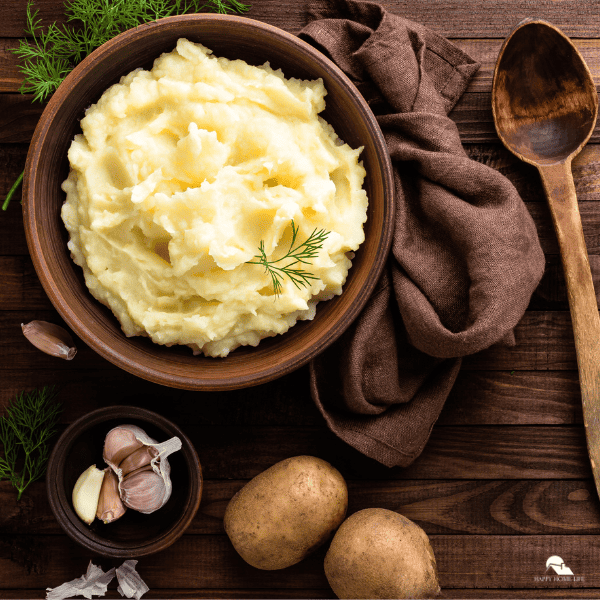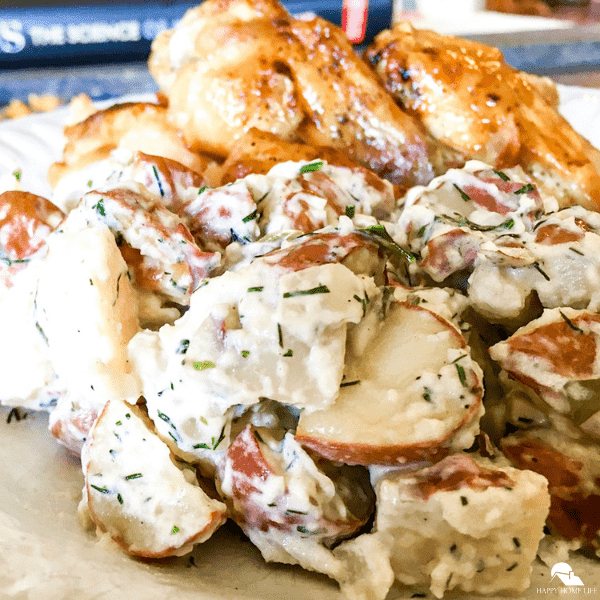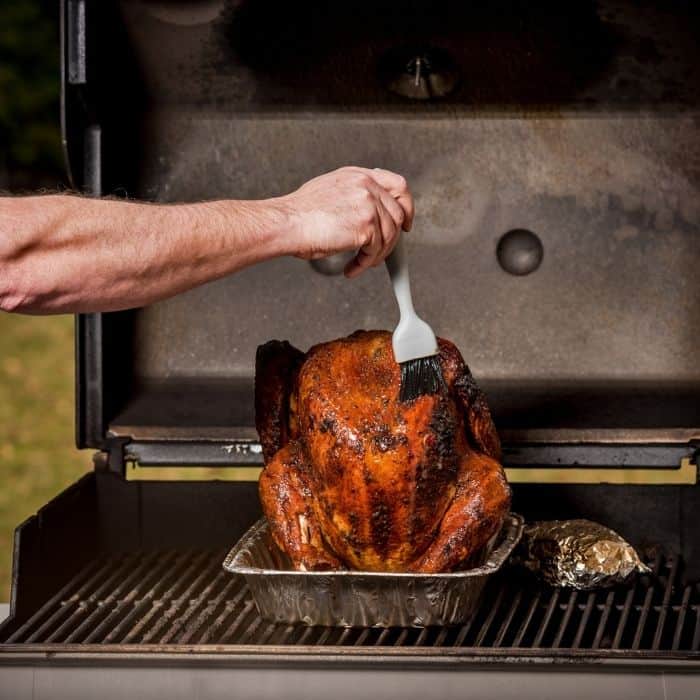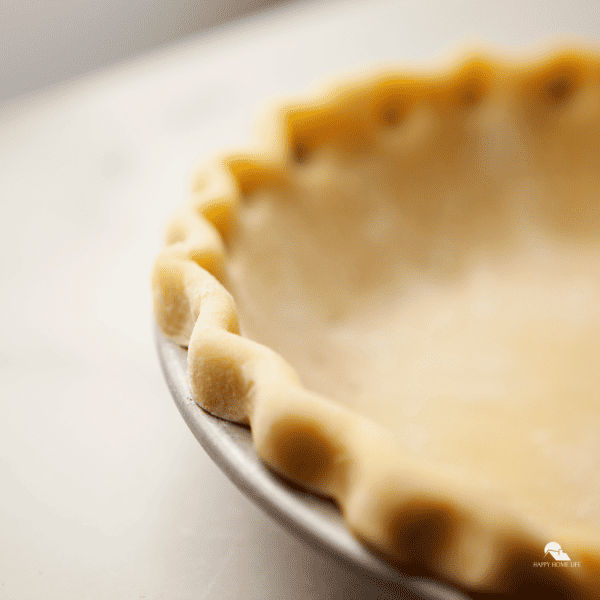When it comes to preparing a succulent ham that leaves taste buds tingling with delight, the right combination of seasonings can make all the difference. So, what seasonings are good for ham? Let’s explore a variety of seasonings that are sure to transform your ham into a culinary masterpiece.
Ham also continues to be a beloved food choice for many. According to a Tastewise report, although there has been a slight decrease of 17.28% in ham popularity over the past year, it is still consumed an average of 1.78 times per year. Ham is a versatile and delicious option that Americans enjoy.
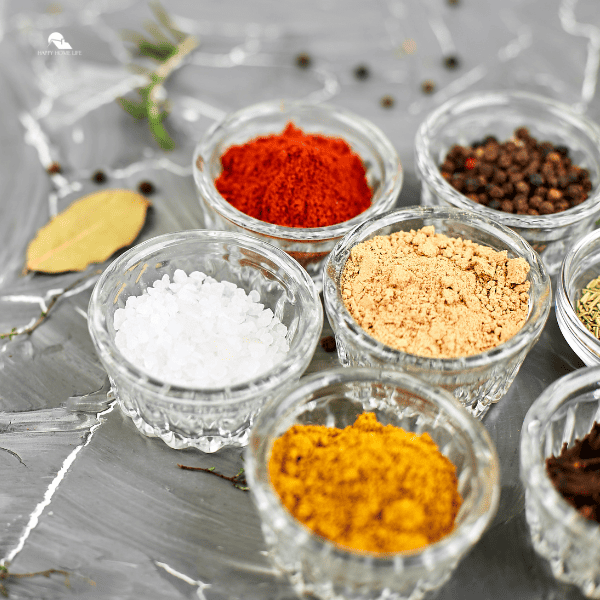
Ham, with its savory and slightly sweet profile, provides an excellent canvas for a wide array of seasonings. Here are some tried-and-true seasonings that can take your ham from ordinary to extraordinary:
Brown Sugar
Brown sugar adds a caramelized sweetness to ham, creating a perfect balance with its savory notes, and its ability to form a delicious crust during baking enhances the overall texture.
Dijon Mustard
Dijon mustard provides a tangy and slightly spicy flavor that cuts through the richness of ham, creating a harmonious contrast and adding depth to the overall taste.
Cloves
Cloves contribute a warm and aromatic spice to ham, infusing it with a distinct, earthy flavor that compliments both the natural sweetness and saltiness of the meat.
Pineapple Juice
Pineapple juice imparts a tropical sweetness to ham, offering a unique and refreshing twist that enhances the overall flavor profile and keeps the meat moist during cooking.
Maple Syrup
Maple syrup brings a rich and complex sweetness to ham, creating a luscious glaze that caramelizes during baking, adding depth and a glossy finish to the exterior.
Garlic Powder
Garlic powder adds a savory kick to ham without overpowering its natural flavor, providing a subtle depth that enhances the overall savory profile of the dish.
Black Pepper
Black pepper provides a subtle heat to ham, complementing its sweetness and adding a layer of complexity to the flavor without dominating the palate.
Rosemary
Rosemary infuses ham with a fragrant, earthy aroma and a hint of pine, creating a sophisticated flavor profile that adds a touch of herbal freshness to the dish.
Thyme
Thyme contributes a fresh and herbaceous flavor to ham, elevating its taste with a mild, slightly floral note that pairs exceptionally well with the richness of the meat.
Cinnamon
Cinnamon adds a warm and slightly sweet element to ham, creating a surprising and delightful flavor contrast that enhances the overall complexity of the dish, particularly when used in glazes or rubs.
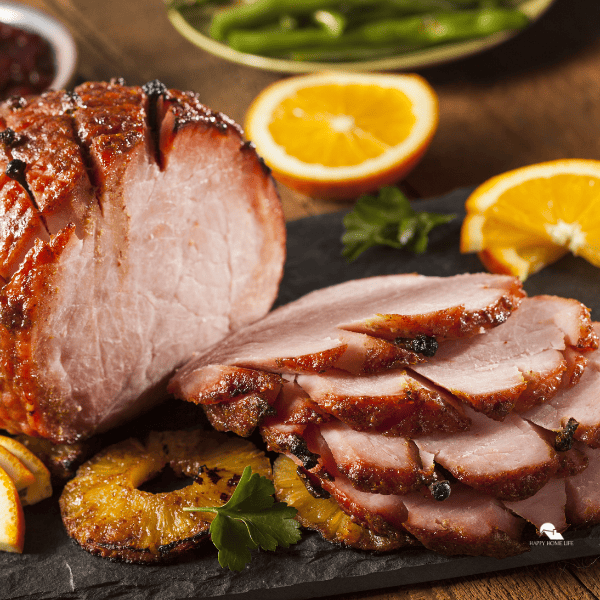
What can I add to ham for flavor?
When it comes to adding flavor to ham, there are several ingredients you can consider. Here are some options:
Glaze
A glaze can enhance the flavor of ham and add a sweet and savory element. Popular glaze options include honey mustard, maple syrup, brown sugar, pineapple juice, or a combination of these ingredients.
Spices
Adding spices can elevate the taste of ham. Consider using ground black pepper, garlic powder, paprika, cinnamon, cloves, or a blend of herbs like thyme and rosemary to add depth and complexity.
Fruit
Pairing ham with fruits can provide a contrast of flavors. Pineapple rings or chunks, orange slices, or even apricot preserves can complement the saltiness of the ham.
Mustard
Mustard is a classic condiment that pairs well with ham. Dijon mustard, honey mustard, or whole grain mustard can add tanginess and a touch of heat.
Herbs
Fresh herbs like parsley, thyme, or rosemary can be used to garnish the ham or incorporated into a glaze or marinade for added freshness.
Wine or Cider
Adding a splash of white wine or apple cider to the cooking process can impart subtle flavors and help keep the ham moist.
What is the secret to good ham?
The secret to good ham lies in the artful balance of flavors and textures. First and foremost, start with a high-quality ham, whether it’s smoked, cured, or fresh. Choosing the right cut ensures a foundation of natural richness and tenderness.
Next, the key is to embrace a harmonious blend of seasonings. Combine sweet elements like brown sugar, honey, or maple syrup with savory counterparts such as Dijon mustard, garlic, and aromatic spices like cloves or allspice. This balance creates a nuanced flavor profile that tantalizes the palate.
Equally crucial is the cooking method. Whether roasting, glazing, or slow-cooking, allowing the ham to cook low and slow ensures that the flavors meld together, and the meat achieves a succulent, fork-tender texture.
Consider incorporating a moisture-boosting element, like pineapple juice or apple cider vinegar, to keep the ham moist and juicy throughout the cooking process.
Lastly, patience is paramount. Allowing the ham to rest before carving ensures that the juices redistribute, resulting in a moist and flavorful final product. The secret to good ham is a thoughtful combination of quality ingredients, well-balanced seasonings, meticulous cooking techniques, and a dash of culinary patience – the perfect recipe for an irresistibly delicious ham that will be remembered long after the last bite.
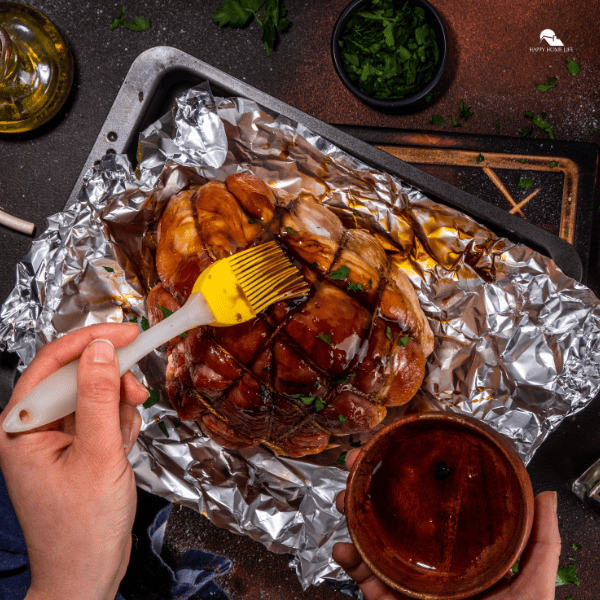
How to season already cooked ham?
To season already cooked ham, follow these steps:
Prepare the Glaze
In a small bowl, mix together ingredients such as brown sugar, mustard, honey, or spices of your choice to create a glaze that will add flavor and moisture to the ham.
Score the Ham
Using a sharp knife, make shallow cuts in a crisscross pattern on the surface of the ham to allow the glaze to penetrate and create a beautiful presentation after baking.
Apply the Glaze
Use a basting brush to generously brush the glaze over the surface of the ham, making sure to get into the scored cuts. This will add sweetness, tang, and a caramelized crust as it bakes.
Add Seasonings
If desired, sprinkle additional seasonings such as ground black pepper, garlic powder, or herbs like thyme or rosemary over the glazed ham for extra flavor and aroma.
Bake the Ham
Place the seasoned ham in an oven preheated to 325°F (163°C) and bake according to the package instructions or for about 10-15 minutes per pound. This will help the glaze caramelize and infuse the ham with flavor.
Baste Occasionally
While the ham is baking, baste it with the pan juices or remaining glaze every 20 minutes or so to keep it moist and ensure the flavors are evenly distributed.
Rest and Slice
Once the ham is cooked through and reaches the recommended internal temperature, remove it from the oven and let it rest for about 10-15 minutes before slicing. This allows the juices to redistribute, resulting in a tender and juicy ham.
By following these steps, you can easily season an already cooked ham, adding delicious flavors and creating an enticing presentation.
